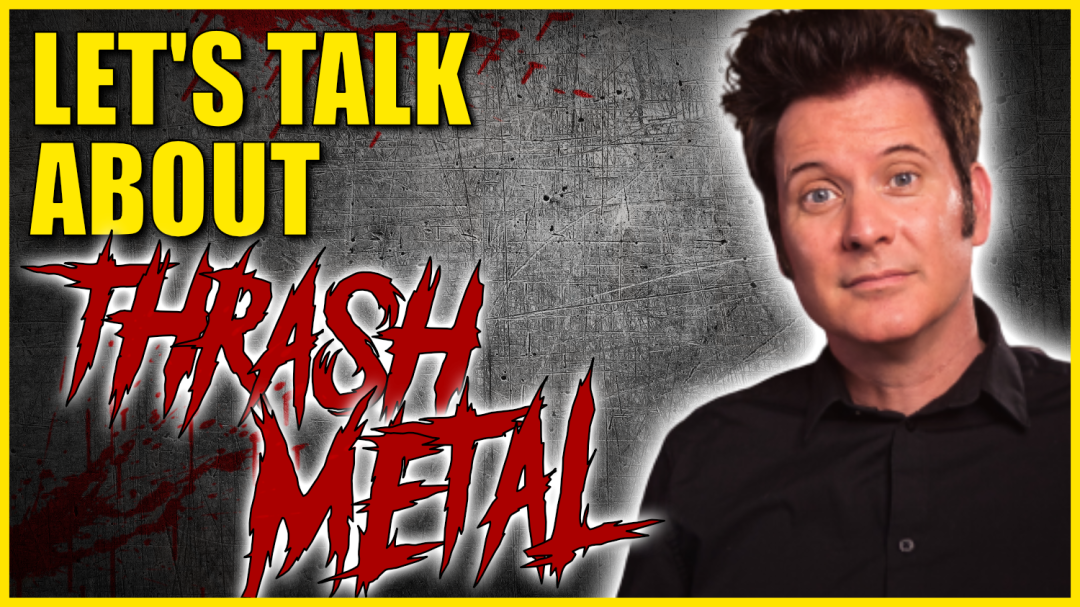In this blog post, we’ll dive into the world of thrash metal, a genre that emerged in the 1980s and has since become a cornerstone of heavy metal music. We’ll be joined by Kai Stahlenberg, a German musician, and producer, who has worked with a variety of thrash metal bands. We’ll explore the evolution of thrash metal and what makes this genre unique.
Thrash metal is a subgenre of heavy metal that emerged in the early 1980s, with bands such as Metallica, Slayer, Anthrax, and Megadeth leading the charge. The genre is characterized by its fast tempo, aggressive guitar riffs, and politically charged lyrics. Thrash metal was not only popular in the United States but also in Germany, where bands such as Kreator, Sodom, and Destruction emerged.
Kai got into thrash metal in the late 1980s when he was just 10 years old. “I started listening to metal when I was 10, so in 1988, which was right before ‘…And Justice for All’ came out, the Metallica album with a low bass volume famously,” he recalls. “That was my introduction to thrash metal. Before that, I was mainly listening to Iron Maiden and AC/DC, probably.”
Stahlenberg notes that there are different sounds within thrash metal, with some bands having a brighter, more aggressive sound, while others have a warmer, more old-school sound. “Sometimes even within one band, you listen to the different albums, and they sound kind of different,” he says.
Kai went on to explain that he and Kristian Kohle had collaborated on a course called “The Art of Thrash Metal Guitar,” which is available on the online learning platform, Kohle Audio Kult. In the course, they cover everything from basic techniques to advanced concepts, including rhythm guitar, lead guitar, and songwriting.
Kai also shared his thoughts on the current state of thrash metal. He noted that while the genre had declined in popularity in the 90s, it had experienced a resurgence in recent years, with many new bands emerging and older bands reuniting. He attributed this in part to the internet, which had made it easier for fans to discover and connect with new music, as well as to the continued relevance of thrash metal’s message of social and political critique.
In the end, the conversation was a fascinating exploration of a genre that has been a cornerstone of heavy metal for over 30 years. From its roots in the 80s to its current resurgence, thrash metal has been a powerful and enduring force in the world of music, and it’s clear that it will continue to inspire and excite fans for many years to come.
